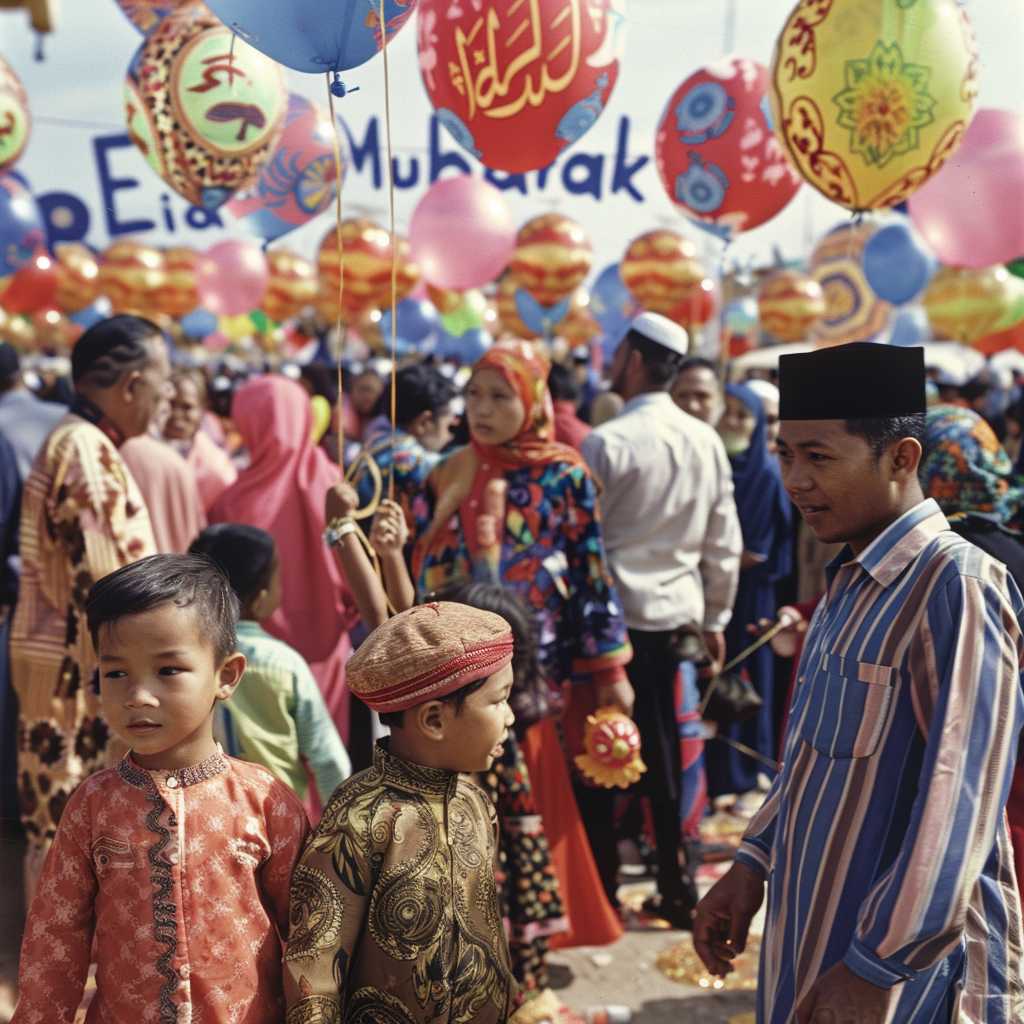Understanding Eid: The Celebrations of Islamic Joy and Reflection
Eid is a term familiar to many, often associated with joyous celebrations, decadent feasts, and vibrant attire. But the importance and depth of Eid go beyond superficial festivities. To over 1.9 billion Muslims across the globe, Eid is a time for spiritual reflection, community bonding, charitable giving, and showing gratitude to Allah for all the blessings received. The Islamic calendar heralds two major Eids – Eid al-Fitr and Eid al-Adha, each with its significance and rituals.
Eid: A Dual Celebration of Islamic Faith
Both Eids are celebrations of deep religious significance to Muslims. The Islamic lunar calendar dictates the timing of these holidays, making their occurrence approximately 11 days earlier each year on the Gregorian calendar.
Eid al-Fitr: Breaking the Fast with Gratitude
Eid al-Fitr directly translates to ‘the festival of breaking the fast’. It follows the month of Ramadan, a period dedicated to dawn-to-sunset fasting, increased prayer, and reflection.
The Significance of Ramadan and Eid al-Fitr
Ramadan serves as a time to purify the soul, refocus attention on God, and practice self-discipline and sacrifice. After roughly 29-30 days of fasting, Eid al-Fitr is a reward for the devoted, symbolizing spiritual renewal and triumph.
Celebrating Eid al-Fitr
Muslims start the day by performing a special communal prayer called the Salah al-Eid after sunrise but before midday. It’s important to note that before attending this prayer, every able Muslim is obliged to pay Zakat al-Fitr, a form of charity intended to purify those who fast from any indecent act or speech and to help the poor and needy.
Festivities may vary by culture but universally include dressing in fine clothes, preparing special dishes, sharing sweets, visiting friends and family, giving gifts, especially to children, and remembering deceased relatives in prayer.
Eid al-Adha: The Feast of Sacrifice
Approximately two months after Eid al-Fitr comes Eid al-Adha, meaning ‘Festival of the Sacrifice’. This event honors the willingness of Ibrahim (Abraham) to sacrifice his son as an act of obedience to God’s command.
The Story Behind Eid al-Adha
When Ibrahim was about to sacrifice his son, God intervened by sending down an angel with a ram to sacrifice instead. Henceforth, slaughtering an animal became part of commemorating Abraham’s devotion.
Rituals of Eid al-Adha
The day begins with congregational prayers, similar to those performed during Eid al-Fitr. Afterward, those who can afford it participate in Qurbani by slaughtering sheep, cattle, or other livestock. The meat is then divided into three equal parts – one part for the family, one part for friends and neighbors, and one for the poor.
This Eid coincides with Hajj, an annual Islamic pilgrimage to Mecca which is required once in a lifetime for all Muslims who have the financial means and physical capability. The completion of Hajj brings millions together in a demonstration of Islamic unity.
Across Borders: Different Cultures, Shared Festivity
Whether observed in the Middle East, Asia, Africa, Europe, or the Americas, each culture has specific nuances for venerating these days – costumes might vary, foods may have local flavors, but the underlying principles remain steadfast across all spectrums: prayerful gratitude and charitable giving are universal.
Notes
Image description: A joyful crowd of Muslim families gathering in their vibrant festival clothes for communal prayers during an Eid celebration. Children can be seen playing with toy balloons while elders greet each other warmly. In the background, decorative banners read “Eid Mubarak” amidst a clear sunny sky.
